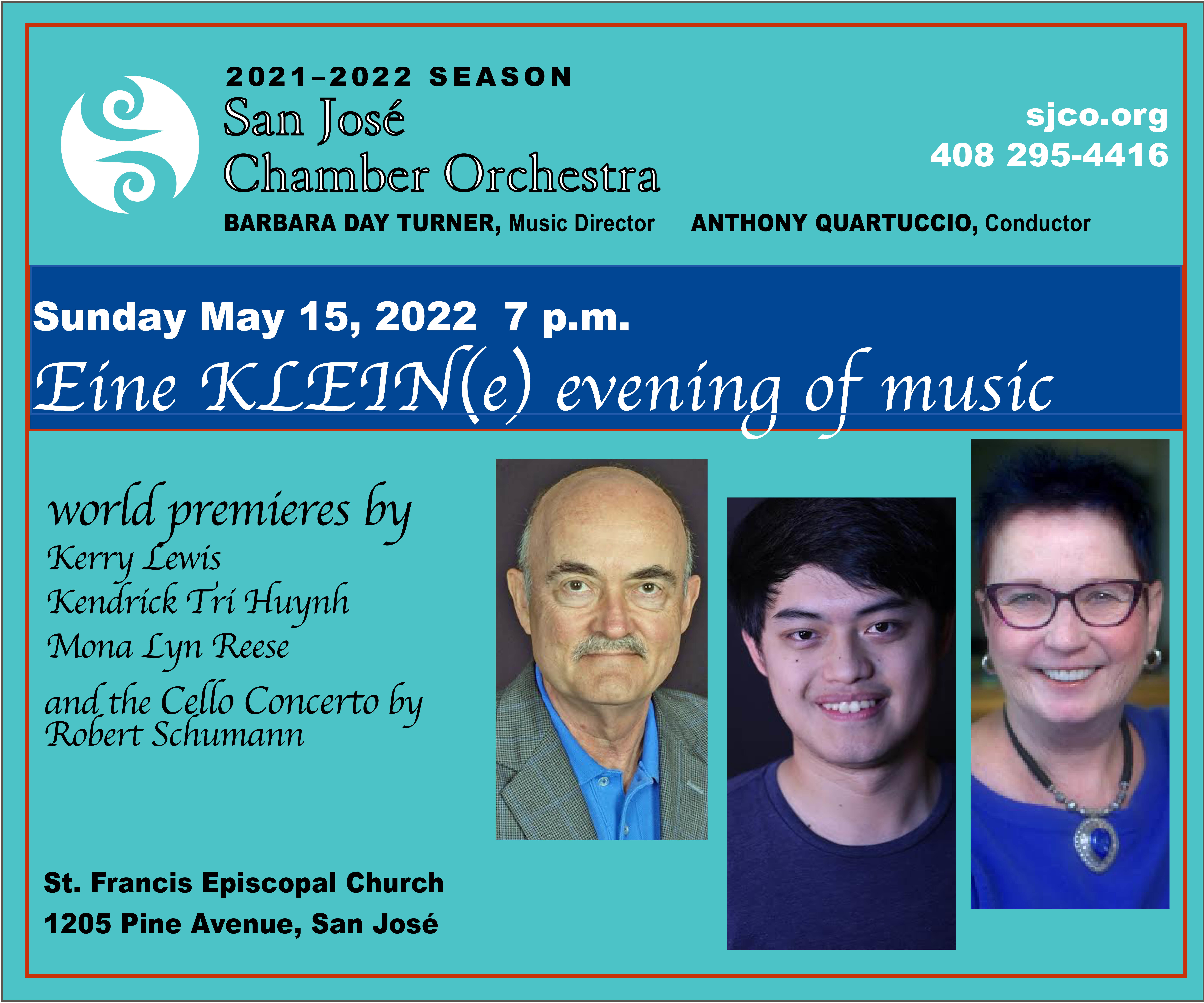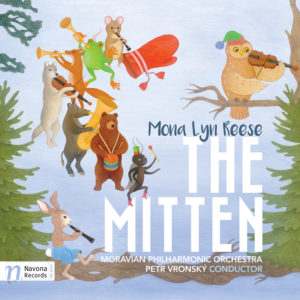
Rainn Wilson has provided this quote from his upcoming memoir, The Bassoon King.
The bassoon is ridiculous. They should be banned for being horrible, unnecessary and adenoidally grating.
It takes like an hour to assemble one. They’re enormous. It’s like they’re made out of Lincoln logs, aluminum twigs and paper towel tubes. There are these tiny double wooden reeds that you have to soak and trim and tend to all the time. There’s a strap that you actually have to sit on when you play so the whole thing doesn’t fall onto the floor like a bundle of garbage. And, after all that falderall (sic), they end up sounding like an anemic donkey with laryngitis.
I take exception to this statement. I love bassoons! I need bassoons! The bassoon is so useful, so beautiful sounding, so bassoony. I adore bassoons. They fit in with everything. They are the little black dress of the orchestra. Pair them with a flute or violin for pearls; a trombone for a jeans jacket; a clarinet for red skirt boho-chic; and so sexy unadorned. Bassoons are the best, they are my best composer friend (BCF).
 As soon as I read the quote, I thought of six examples from my own work that illustrate bassoon greatness. I learned to appreciate the versatility and glamour of the bassoon when I wrote many arrangements of famous orchestra pieces for the Minnesota Orchestra KinderKonzert ensemble and the Minnesota Opera’s touring pit orchestra, which means reducing an opera written for 60 players down to the 20-25 that fit in the pit. The KinderKonzert ensemble consisted of nine players from various orchestra sections. This ensemble played one new commissioned piece and several popular orchestra works for an audience of tiny little children. I received one of the commissions, selected my players, and wrote my own arrangements. Over the years, many commissioned composers didn’t want to write the arrangements, so the orchestra hired me. I must have written six different versions of “Can Can”!
As soon as I read the quote, I thought of six examples from my own work that illustrate bassoon greatness. I learned to appreciate the versatility and glamour of the bassoon when I wrote many arrangements of famous orchestra pieces for the Minnesota Orchestra KinderKonzert ensemble and the Minnesota Opera’s touring pit orchestra, which means reducing an opera written for 60 players down to the 20-25 that fit in the pit. The KinderKonzert ensemble consisted of nine players from various orchestra sections. This ensemble played one new commissioned piece and several popular orchestra works for an audience of tiny little children. I received one of the commissions, selected my players, and wrote my own arrangements. Over the years, many commissioned composers didn’t want to write the arrangements, so the orchestra hired me. I must have written six different versions of “Can Can”!
I was very pleased each time an ensemble included the bassoon, because it can take on so many different roles. Here are two examples from my own pieces that make me love this wonderful instrument.
These examples are from the opening piece in the opera The Three Fat Women of Antibes (TFW). In the first example, I use the bassoon for comic effects.
Three overweight friends rent a house in Antibes, where they intend to pursue exercise and diet. In this sample, the friends exercise. The theme is first exposed in flutes and clarinet and echoed by the bassoon a bit later.
The audio starts at letter A. If this sounds a bit familiar, I was inspired by Delibes.
People who don’t play musical theatre gigs or write for them might not be aware how tiny, itty, bitty the orchestra pit is. The musicians are squeezed in there.

One of the main considerations when I make a new piece or arrangement for an opera or musical is, “How many people can we squash in the pit, and how few do we need to get by?” Of course, sometimes it’s a matter of how many can we afford to pay but often, how many will fit. When I started writing the orchestration for TFW, the music director and conductor told me I could have two trombones. Goody! I love trombones. However, trombones take up a lot of space, the player needs at least 10 feet just to play and if you have two of them, that means you have to give up something else. A couple weeks into the project, the Music Director called and told me we could only fit one trombone player in the pit. But, I had a magic bassoon, and knew just what to do.
The bassoon is so versatile, it can imitate anything. In this example, I have the bassoon play the part I’d originally written for Trombone 2. It worked great! In this clip, Frank (baritone, Justin Su’esu’e), is about to weigh herself on Weigh Day. Frank has a methodical mind and approaches weight loss methodically.
Wow! This blog post is really long! When I first started writing it, I went through all the bassoon examples I could think of, found them in the part and on the recording…pretty soon, I felt I was in grad school again. Quelle Horreur! I’m not, though and this isn’t going to be a dissertation.
If you’d like to see how this piece looks on stage, you can do it right here.







No comments yet.